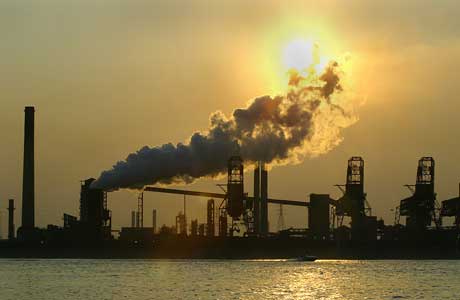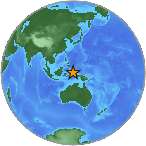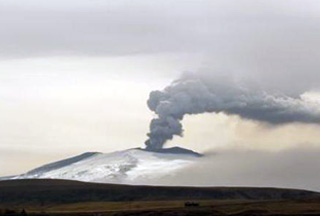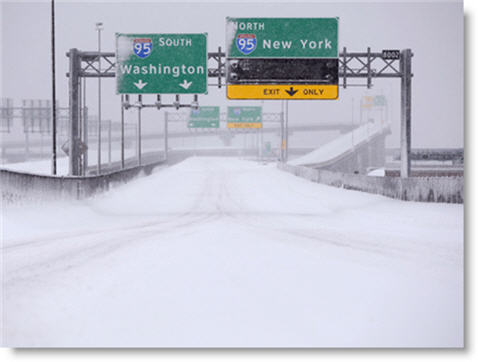
© Rob Gurdebeke, The Windsor StarSmoke is shown rising from Detroit's Zug Island industrial complex in this 2008 photo. Heavy industry in the Great Lakes region dumped four million kilograms of deadly chemicals into the air in 2007, according to a report by a Canada-U.S. coalition of environmental groups.
Canadian industries are pumping out more cancer-causing carcinogens than their U.S. counterparts in the Great Lakes region and Windsorites are among the hardest hit, says a binational coalition of environmental groups.
Four million kilograms of deadly chemicals -- including mercury, lead, formaldehyde and benzene -- were released by large industries into the air in 2007 from both sides of the border, according to the coalition's report
Partners in Pollution 2.The greatest level of toxins within the Great Lakes basin was found in the stretch between Sarnia and Windsor that included the St. Clair River, Lake St. Clair and Detroit River areas, the report said.
"The potential to be in contact with toxic substances are higher there than elsewhere," said John Jackson, program director for Great Lakes United, a coalition of citizens groups that monitors toxic substances and participated in the study. "Of course, health is at risk with that."
But determining exact health risks is difficult because of a lack of studies and funding to support that work, he said.
"Cancer is a horrible thing, but it's only one of the impacts," Jackson said. "You have higher numbers of birth deformities, disruption of development of the brain and the ability to reproduce because these substances give a wide range of negative impacts."










Comment: It is hard to be 100% sure about the direct casual effect between the vulcano eruption and the French Revolution, but such a link is surely interesting to consider in the light of current events.
Are we to expect local climate disruption followed by crop failure and food riots and finally some sort of revolution? If so, this time it is likely to be lead by the psychopaths in power, not the common people.